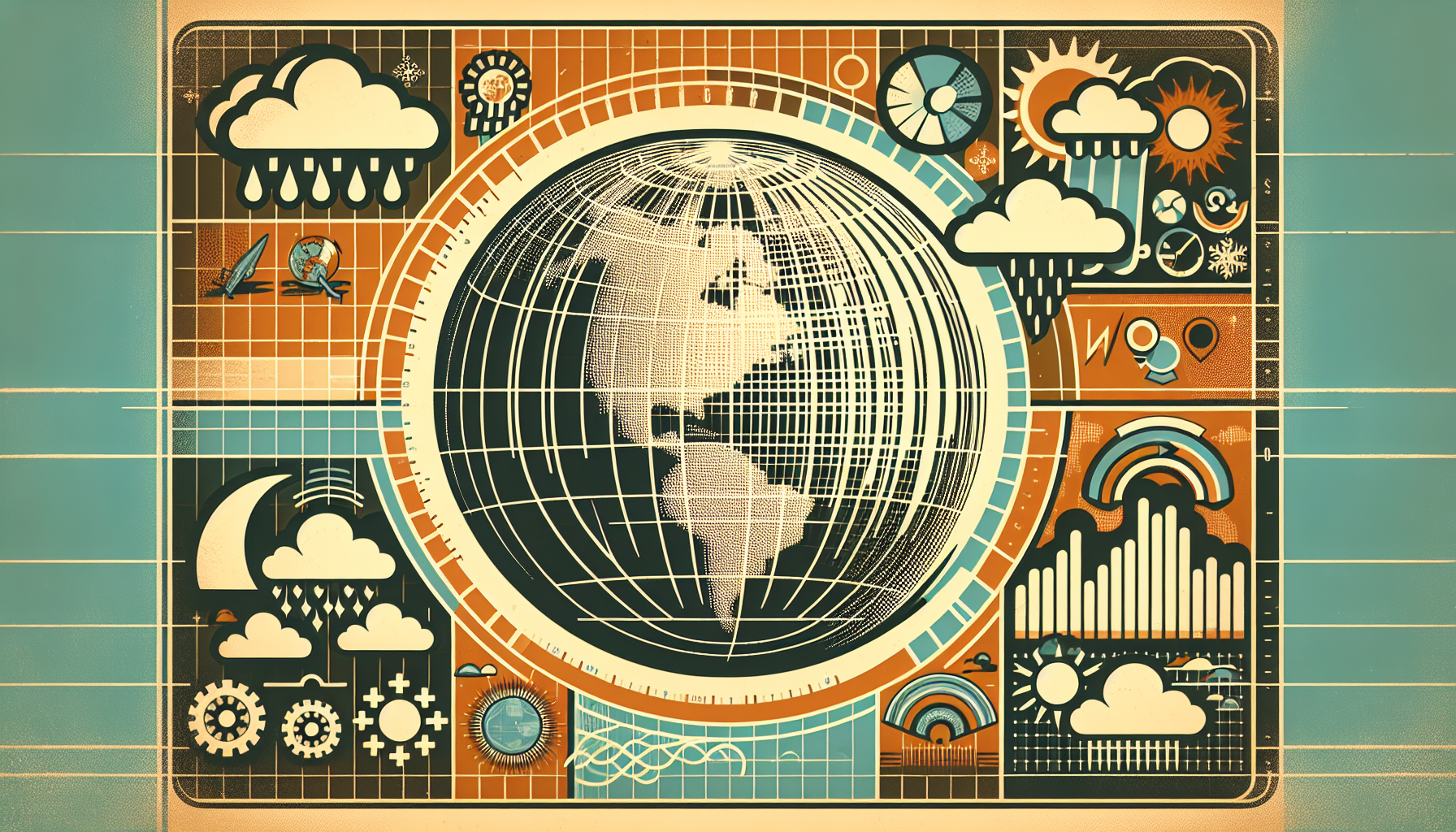In a momentous leap for meteorology, Google DeepMind has introduced an innovative AI model known as GraphCast. This marvel is poised to transform how we predict the weather across the globe, stepping ahead of the current leading weather simulation systems with unmatched precision and speed, forecasting conditions up to 10 days ahead.
How GraphCast Works
GraphCast is built on the strength of machine learning and Graph Neural Networks (GNNs), which excel at handling data organized in spatial patterns. Unlike the traditional methods of numerical weather prediction (NWP) that depend on intricate physics-based equations and require extensive computational power, GraphCast utilizes historical weather data to forge its predictions. It was trained using almost 40 years of archived data from the European Centre for Medium-Range Weather Forecasts (ECMWF).
By segmenting Earth’s surface into over a million small grid points—each roughly 28 kilometers square at the equator—GraphCast can predict various elements like temperature, wind speed and direction, and mean sea-level pressure across these points. It also calculates atmospheric conditions at multiple altitudes. This wide-ranging approach empowers GraphCast to deliver highly accurate weather forecasts.
Speed and Accuracy
One of the most remarkable aspects of GraphCast is its speed. Typically, weather forecasting systems like the ECMWF’s High Resolution Forecast (HRES) require hours and hundreds of supercomputers to produce a 10-day forecast. In stark contrast, GraphCast can complete the process in under a minute on a single Google TPU v4 machine.
When it comes to accuracy, GraphCast surpasses HRES in more than 90% of a vast array of test variables. It’s especially impressive in predicting weather within the troposphere—the atmospheric layer closest to Earth where precision is vital—outperforming traditional models in almost all tested scenarios.
Predicting Extreme Weather Events
Beyond everyday weather forecasts, GraphCast excels in predicting severe and extreme weather phenomena. Its adeptness includes identifying atmospheric rivers that can either bring much-needed rainfall or trigger destructive floods. The model is also skilled at tracking tropical cyclones and forecasting extreme temperatures, like heat waves, more accurately and further in advance compared to conventional methods.
An illustrative success of GraphCast’s capability was displayed when it accurately predicted Hurricane Lee’s landfall in Nova Scotia a full nine days before it occurred, outpacing traditional models that managed only a six-day advance.
Energy Efficiency and Cost
GraphCast doesn’t just beat existing methods in speed and accuracy; it’s also impressively energy-efficient. Its operation is estimated to be about 1,000 times cheaper in terms of energy consumption compared to traditional forecasting systems, making it not just a technological breakthrough but an environmentally conscious choice.
Open Source and Global Impact
To democratize AI-driven weather forecasting, Google DeepMind has open-sourced GraphCast’s model code. This decision allows scientists and meteorologists worldwide to apply the model, adapting it to local weather challenges and refining it for regional needs. Already, the ECMWF is exploring GraphCast’s potential, and other weather agencies are considering similar approaches.
Future Implications
GraphCast signifies a pivotal milestone in AI-based weather prediction, offering forecasts that are not just faster but also remarkably precise and efficient. As climate change continues to influence weather patterns globally, GraphCast’s ability to adapt and improve with enhanced data promises to be invaluable.
Its potential reaches far and wide, impacting industries ranging from energy and agriculture to disaster preparedness. In a world facing increasingly erratic weather conditions, the innovations brought by GraphCast provide a guiding light for better readiness and more reliable forecasts.
In the final analysis, Google DeepMind’s GraphCast stands as a landmark breakthrough, redefining weather forecasting across the globe. With its rapid, accurate, and efficient capabilities, it emerges as a crucial tool against extreme weather challenges and the broader impacts of climate change, offering hope for enhanced future preparedness.

Leave a Reply